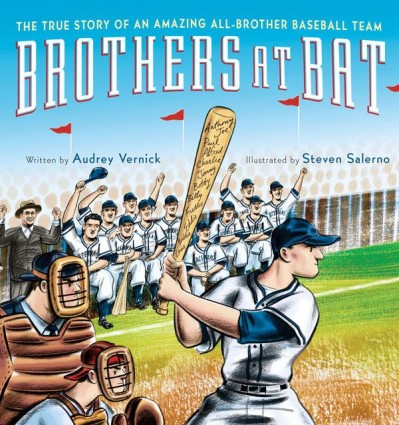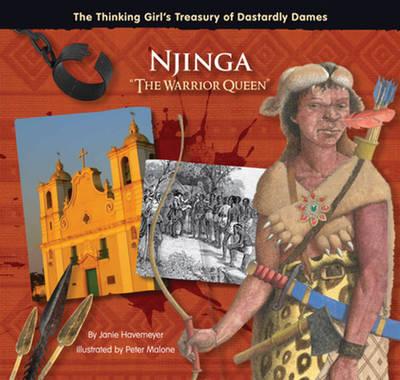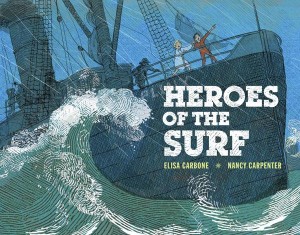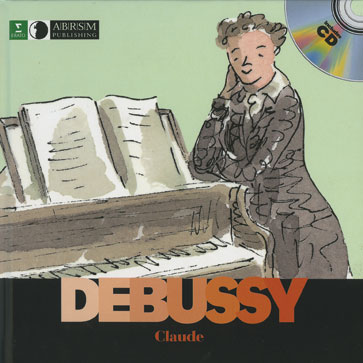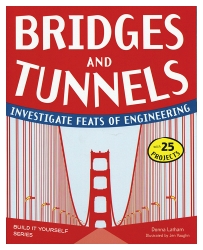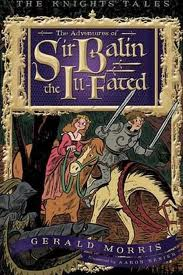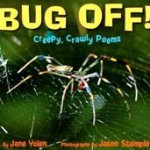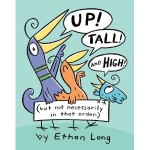“Freedom from fear is a basic human right… Intelligence agents play a key role in securing this freedom for all Americans.” (p.7) Before reading this five chapter book with a skeletal* amount of information I didn’t know much , if anything, about the United States national intelligence system. It is so full of secrets, the general public only knows of its failures.
There are 16 separate agencies, with 200,000 employees spending $75 million / yr. on intelligence each year. Few of these employees are spies.
There are 5 steps in the Intelligence Cycle: 1) planning, 2) collecting information, 3 & 4) processing and analyzing , 5) delivery of intelligence to President. “The IC [Intelligence Cycle] relies on analysts to make sense of the information it gathers.” ( p. 36) Not all the information gathered makes it past the processing and analyzing due to its inaccuracy, being incomplete, or being outdated.
Chapter 5 discusses the controversies associated with some of the methods used in collecting intelligence, such as – waterboarding.
Includes: Map of Events – What Happened Where?, The Story Continues – New Threats, Influential Individuals, Timeline, Living History*, Glossary, and Index.
* more information at www.factsfornow.scholastic.com keywords National Intelligence

